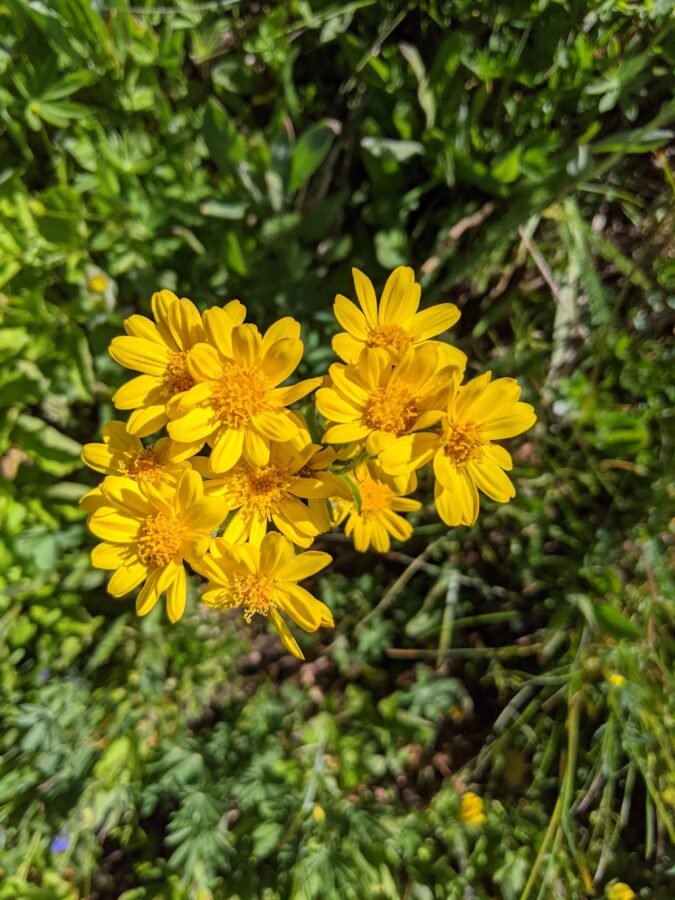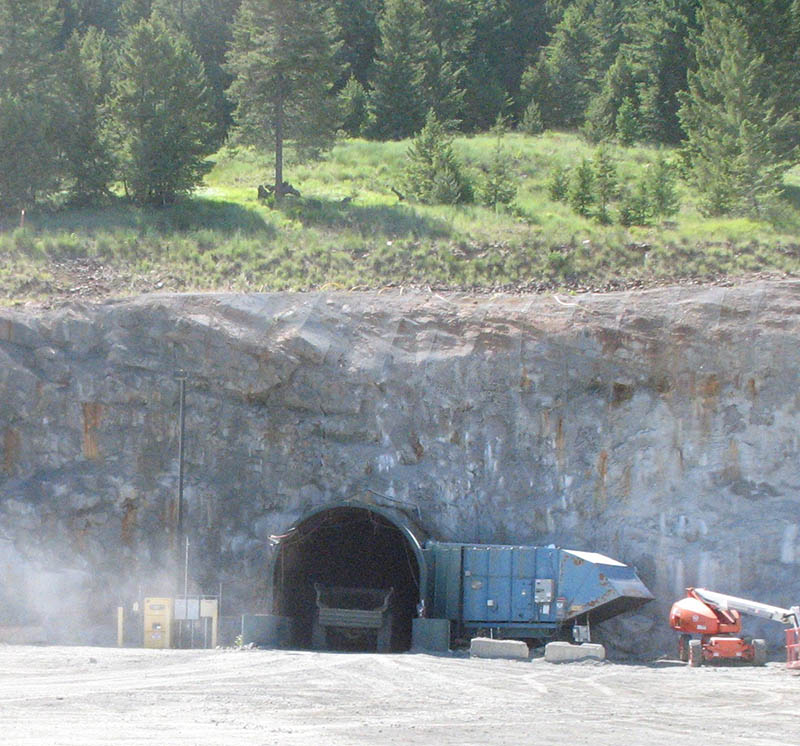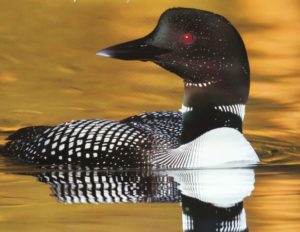Tester Post
Does this work?
Can I save changes?
Does this work?
Can I save changes?


Okanogan County is host to 124 of the 155 butterfly species recorded in Washington. Caitlin spoke about some of the eco-geographical aspects that contribute to this incredible diversity, what species you can expect to commonly find, and some of the more reclusive species to watch for. We also learned how to contribute to ongoing research by photographing and recording data through various methods. Two of Caitlin’s books were available for purchase: Butterflies of the Sinlahekin Wildlife Area and Pocket Guide to the Butterflies of Washington, both of which were used as part of OHA’s 2018 butterfly field trip.
“The Sinlahekin is one of my favorite places, always changing and yielding new discoveries, yet always familiar. In studying what makes it so unique, I’ve explored many parts of the Okanogan…”

Beavers possess remarkable engineering skills, which they combine with unparalleled work ethic to the benefit of streams and wetlands. On January 7th, 2011, this event focused on how beavers create the stream conditions and wetlands needed by an array of other plants and animals. In the process, beavers are sub-irrigating by raising the water table and increasing groundwater recharge in the Okanogan Highlands, making more water available for everybody during the low flows of late summer. Guest speakers who work with beavers in the field shared from their experiences and answered questions about these curious creatures. OHA also shared some exciting updates about the work of beavers on two of our restoration sites.
Part 1: Introduction
Part 2: The Land’s Council

Water quality at the Buckhorn Mine is regulated by the National Pollutant Discharge Elimination System (NPDES) permit, under the Clean Water Act. The continuous water quality permit violations at the Buckhorn Mine started shortly after mining operations began and have increased to the present day. The Washington State Department of Ecology (Ecology) has the responsibility to uphold and enforce the discharge permit. Over the past decade, OHA has regularly suggested corrective actions that would increase understanding of the contaminant flows at the mine site and lead to long-term solutions to the water quality problems.
https://photos.app.goo.gl/Fsw8xJqL8fhoE7iW
Here are some samples of Google Embedded Images:
Hi ladies! Here is a sample post of an embedded Google Slides slideshow.
The one below is 960px wide by 749px high as you can see below in the HTML code I copied from Google Slides. To get this code, start in the Google Presentation, click “File” then “Publish to Web”. When the dialog box opens switch over to the “Embed” options rather than “Link”. You will see your HTML code in a box to copy as well as some other options for size and auto advancing. Choose the settings you like, copy the code, and insert it like shown below. This block is found under “Formatting” blocks, called “Custom HTML”. Simply paste and save! You can hit “Preview” for just that 🙂
Here is some sample audio! I would recommend including some kind of introduction to what our users are about to list to, like this:

With Luke Cerise | Friday, February 1st
Soil Scientist Luke Cerise returned to the Highland Wonders educational series to build community understanding of the stories hidden beneath the ground in our local soils — and how this understanding can help shape the way we manage our landscapes. Luke discussed soil memory, and how inherent soil characteristics are retained even when dramatic changes happen above ground, which can help us interpret the history of the landscape.

On Friday, November 2nd, 2018, Dan and Ginger Poleschook returned to the Highland Wonders education series to update our community on how our local loons have fared in the seven years since the Poleschook’s last presentation in Tonasket. They shared stories of our local loons — where they hatched, adventures they have experienced, obstacles they have overcome, and which loons at which lakes are related to each other. Some stories reflected loons as being highly intelligent, beyond their basic survival skills and genetic influences, and provided examples of loons having long-term memories of places and people. We learned ways in which people have helped loons survive, and what we can do to increase and protect future populations of the common loon.
 The closure of the mine is a planned event; it is well established in the pre-mining planning documents that the mine was only anticipated to engage in active mining operations for 7.5 years. Even so, Crown/Kinross and the Department of Ecology (Ecology) are struggling to ensure that the closure and reclamation of the mine site are conducted in a way that returns the site to its pre-mining condition.
The closure of the mine is a planned event; it is well established in the pre-mining planning documents that the mine was only anticipated to engage in active mining operations for 7.5 years. Even so, Crown/Kinross and the Department of Ecology (Ecology) are struggling to ensure that the closure and reclamation of the mine site are conducted in a way that returns the site to its pre-mining condition.
With the gold ore at the Buckhorn Mine exhausted, the Crown/Kinross mining company has expedited reclamation. This is a financial decision that will save the company money as the employees and contractors work themselves out of a job. Surface reclamation has involved plugging the mine adits and re-contouring the ground surface to resemble pre-mining conditions. In fall 2017, the treatment facility was decommissioned and the administration buildings were removed. The shop has been retrofitted to accommodate those functions, but for a period of time, the site lacked a facility to treat the water.

Since the Buckhorn Mine began operation in 2008, water quality monitoring data in surface water (as well as groundwater) have shown that mine contaminants are continuously escaping capture. The mine is required to capture and treat contaminated water. The mine has a permit to discharge water from the treatment facility and the treated water is relatively clean. However, the increased level of mine contaminants outside the mine is coming from unpermitted sources. Crown/Kinross has not established control of mine related contaminants, and the Buckhorn Mine continues to discharge contaminants in locations where no discharge is authorized, degrading surface and groundwater and even exceeding water quality standards.
In the 2008 settlement agreement, OHA negotiated for mitigation beyond what the agencies required, which included significant onsite and offsite mitigation to streamflow and wetlands with additional long-term independent oversight.
